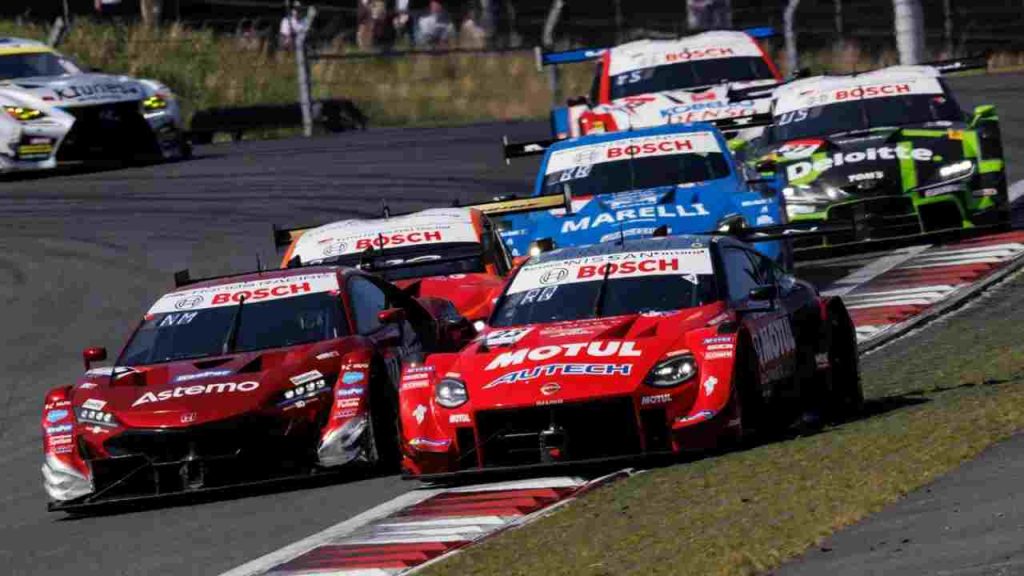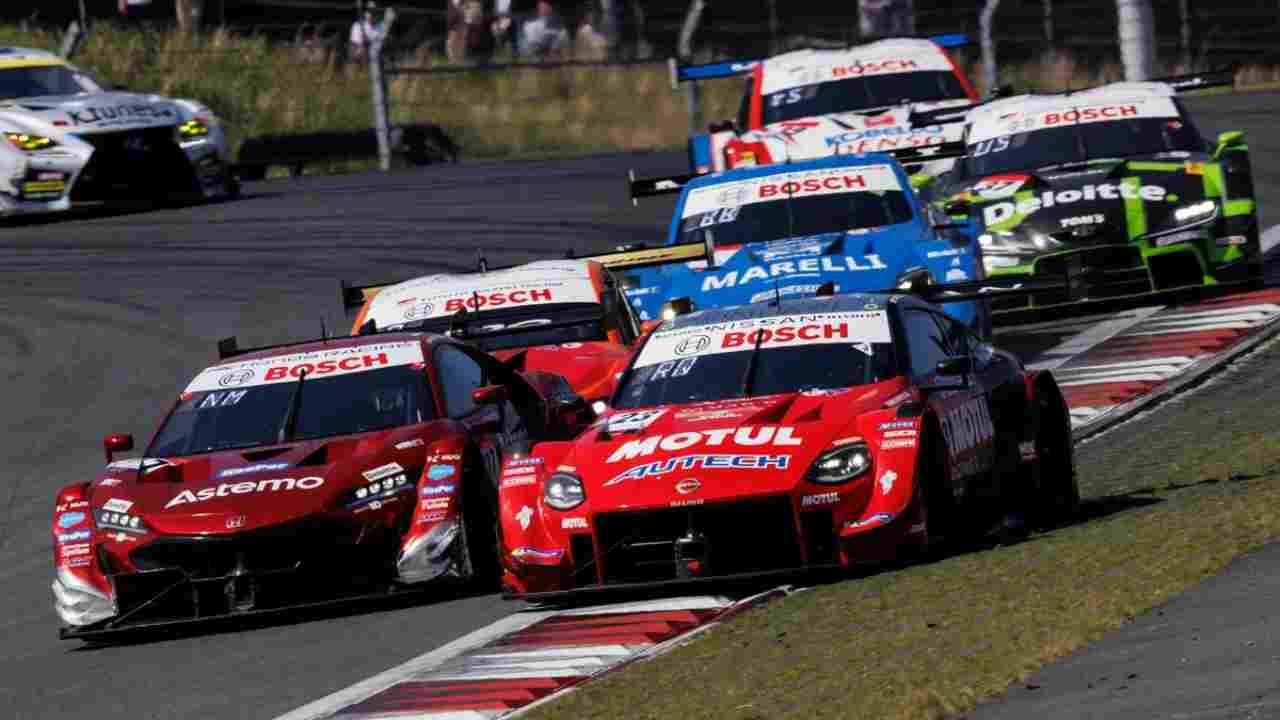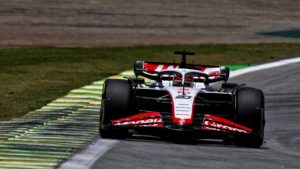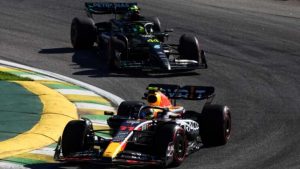SUPER GT plans to reduce cornering speeds for safety after major crash

17 Astemo nsx GT Motul Atech (motorsport.com)

In the wake of the serious crash involving Naoki Yamamoto during a SUPER GT race, series organizers are planning to revise sporting and technical regulations to improve safety. Yamamoto sustained serious neck and spinal cord injuries following a collision with another car, which resulted in his car crashing into the barriers. The incident has raised concerns about cornering speeds in the series.
The series organizers aim to address safety concerns by reducing cornering speeds. While major changes to technical regulations might not occur until the introduction of the next generation of GT500 cars, likely in 2028 or ’29, the organizers plan to make immediate changes to enhance safety.
To address the issue of cornering speeds, a “tyre working group” has been established to discuss safety improvements. Reducing cornering speeds can be a challenge due to SUPER GT’s tire competition, but tire manufacturers believe that developing “wide range” tires with a larger operating window could naturally lead to reduced cornering speeds.
Additionally, the organizers intend to promote the use of turn signals, which are currently not mandatory in the series, to indicate drivers’ intentions to pit. They are considering measures such as extending the white line denoting the pit entrance to encourage drivers planning to pit to hold a tight inside line.
The incident involving Naoki Yamamoto is the second major incident in the series this year due to misunderstandings between GT500 and GT300 cars, emphasizing the need for safety improvements.
SUPER GT chairman Masaaki Bandoh reaffirmed the importance of mixed-class racing, asserting that the series should continue to run with two classes together. He dismissed suggestions to run separate races for the two divisions, emphasizing the unique challenge of mastering racing with cars of different speeds in the same race. The goal is to develop both the GT500 and GT300 classes and maintain the series’ recognized identity.





